Real-time monitoring added to Connecticut’s Lake Lillinonah
1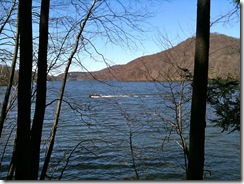 In the interest of combating the “impaired” status of Lake Lillinonah in Bridgewater, Conn., a conservancy group has installed a real-time environmental monitoring system that measures water quality and weather conditions. The lake, the first impoundment located along the Housatonic River, has historically collected large amounts of waste from upstream.
In the interest of combating the “impaired” status of Lake Lillinonah in Bridgewater, Conn., a conservancy group has installed a real-time environmental monitoring system that measures water quality and weather conditions. The lake, the first impoundment located along the Housatonic River, has historically collected large amounts of waste from upstream.
Friends of the Lake (FOTL), a non-profit group founded with the sole purpose of improving and protecting the lake, funded installation of the monitoring system. It will monitor water temperature, level, dissolved oxygen, pH, conductivity, and chlorophyll. It also records weather data including temperature, wind speed and direction, solar radiation, rainfall, and relative humidity.
Measured environmental data, both real-time and historical, will be publicly displayed via the FOTL website for anyone to see, from environmental scientists to families planning fishing trips.
Eventually, FOTL intends to deploy all of the equipment on a buoy platform. However, this will require $15,000 in additional funding, which has not yet been secured.
The new monitoring capabilities enable FOTL to join the Global Lakes Ecological Observatory Network (GLEON), a collection of scientists, engineers, and other environmental professionals who acquire and analyze environmental data from lakes and reservoirs across the world. Lake Lillinonah is only the second lake in New England to become a part of the global network.
A free iPhone application is also being developed that will allow users to notify FOTL of issues, such as excess debris, on Lake Lillinonah. Users will be able to upload images to the new Friends of the Lake website. The purpose of the iPhone application is to help identify the sources of debris on the lake and expedite its cleanup, but also to offer some insight into the causes of algal blooms and other harmful lake conditions.
The concerns for Lake Lillinonah stem from the fact it traps a tremendous amount of debris from upstream, according to Greg Bollard, a member of the FOTL Executive Committee. Since the lake is the first impoundment on the river, it usually retains whatever refuse flows into it.
“In essence, it’s a giant catch basin,” Bollard said.
The new lake monitoring initiatives, Bollard added, are part of a larger effort to protect and enhance the beleaguered lake’s water quality.
“The state Department of Environmental Protection now lists the water in Lillinonah as impaired,” he said. “We’d like to change that.”
Tracking Lillinonah’s waters [The Danbury News-Times] New Hi-tech Devices and Programs to Monitor Water Quality [FriendsoftheLake.org] Lake Lillinonah’s Water Quality To Be Monitored With High-Tech Devices [Brookfield Patch] Two regional lakes part of global study [Local News]
Image Credit: Courtesy of H. Morrow Long




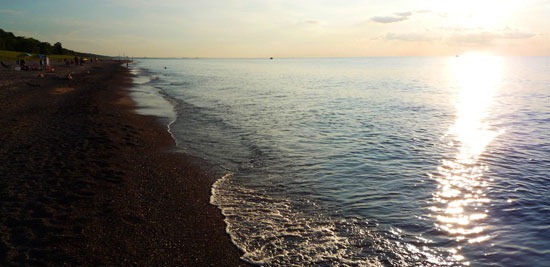
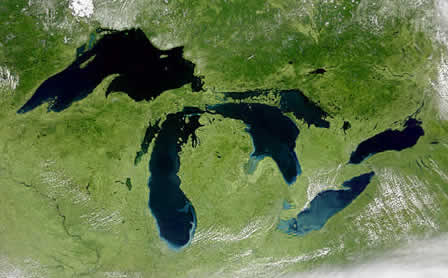
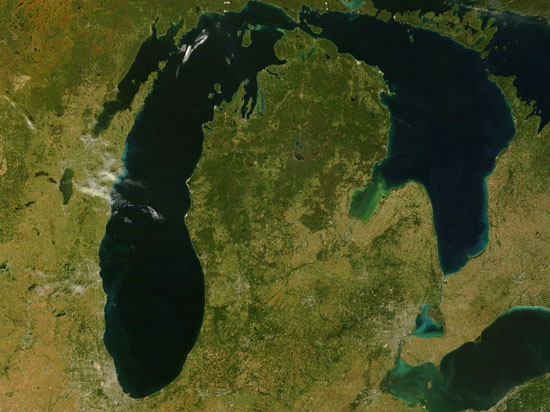
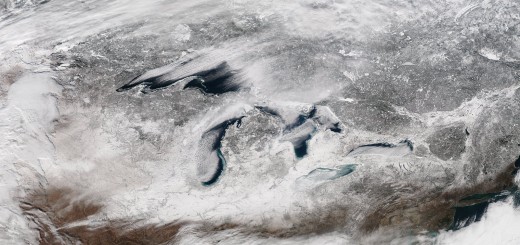






[…] Lillinonah is already considered an “impaired” lake. It is highly eutrophic due to phosphorus from water treatment plants, lawn fertilizers, and farm […]